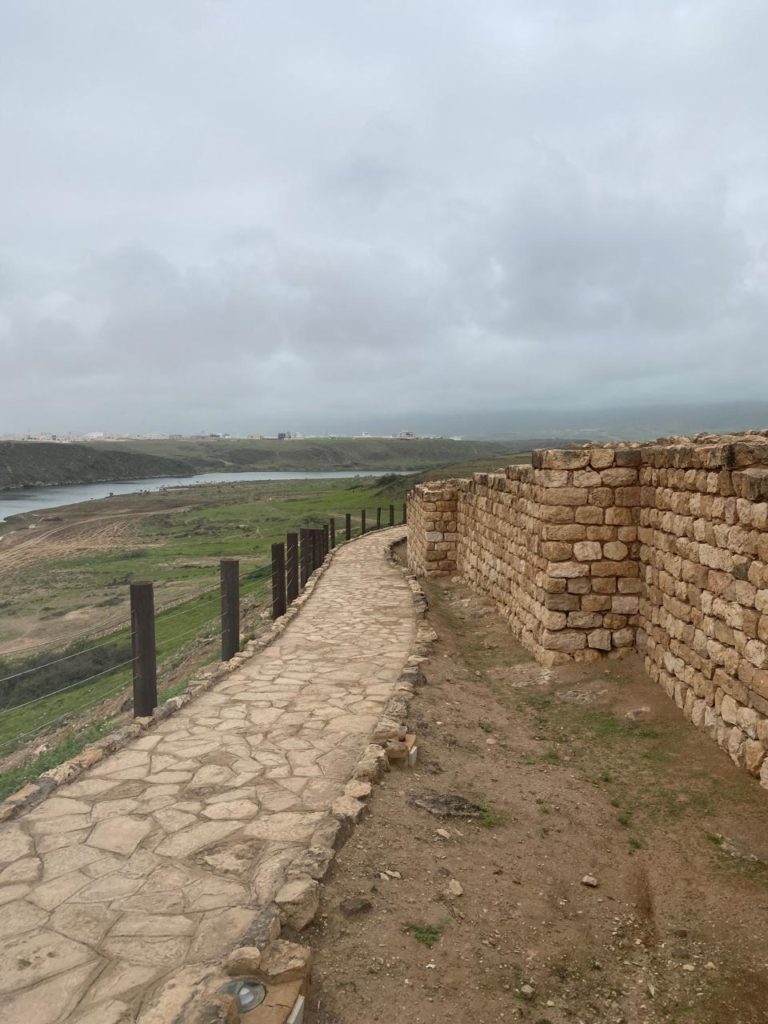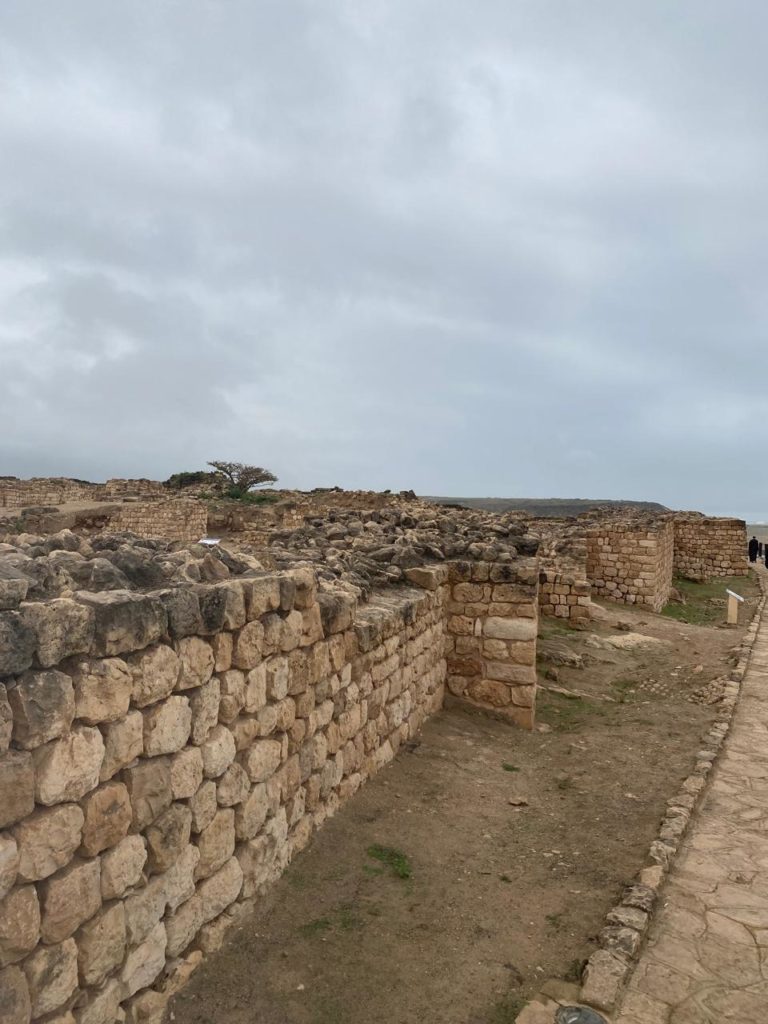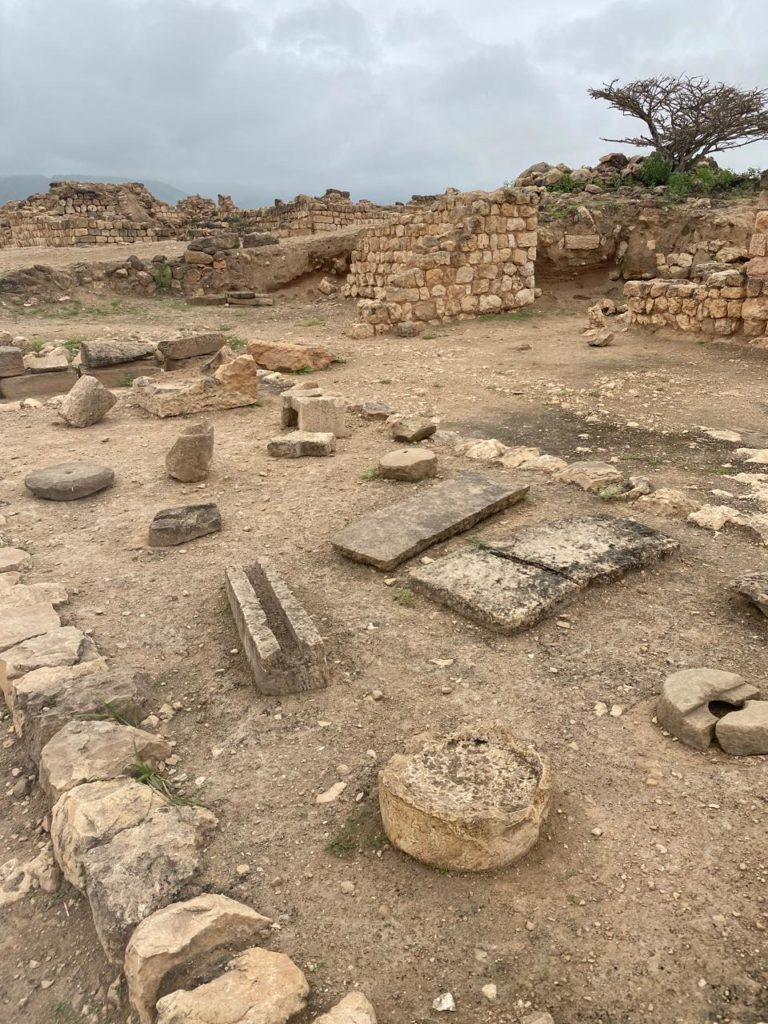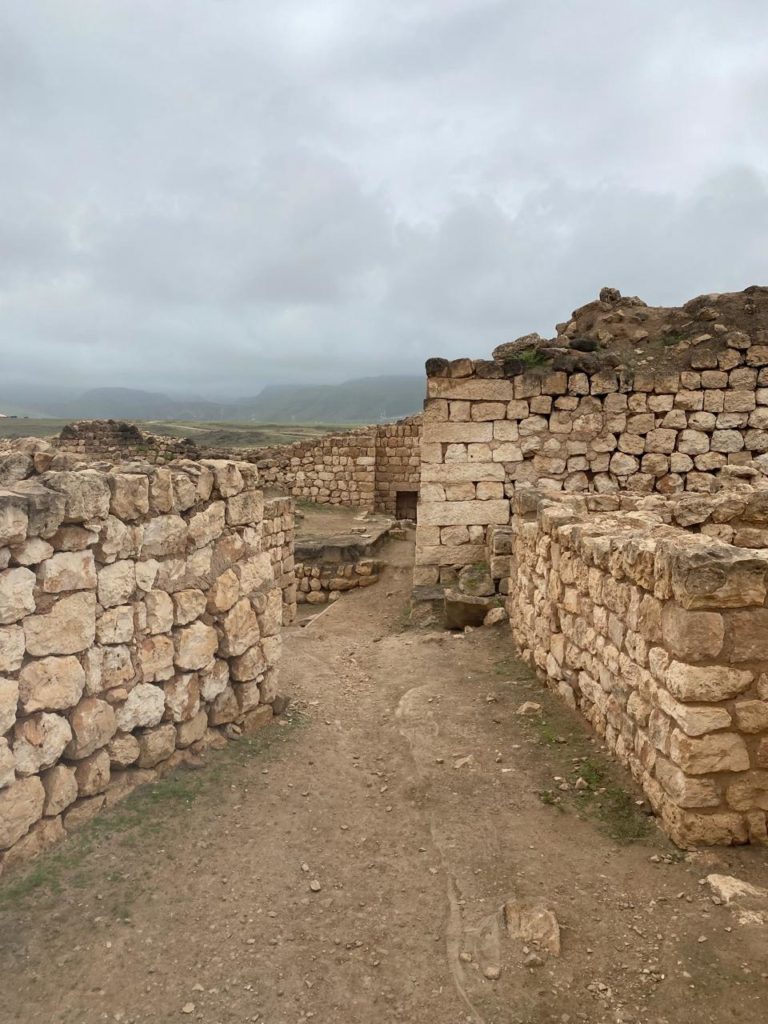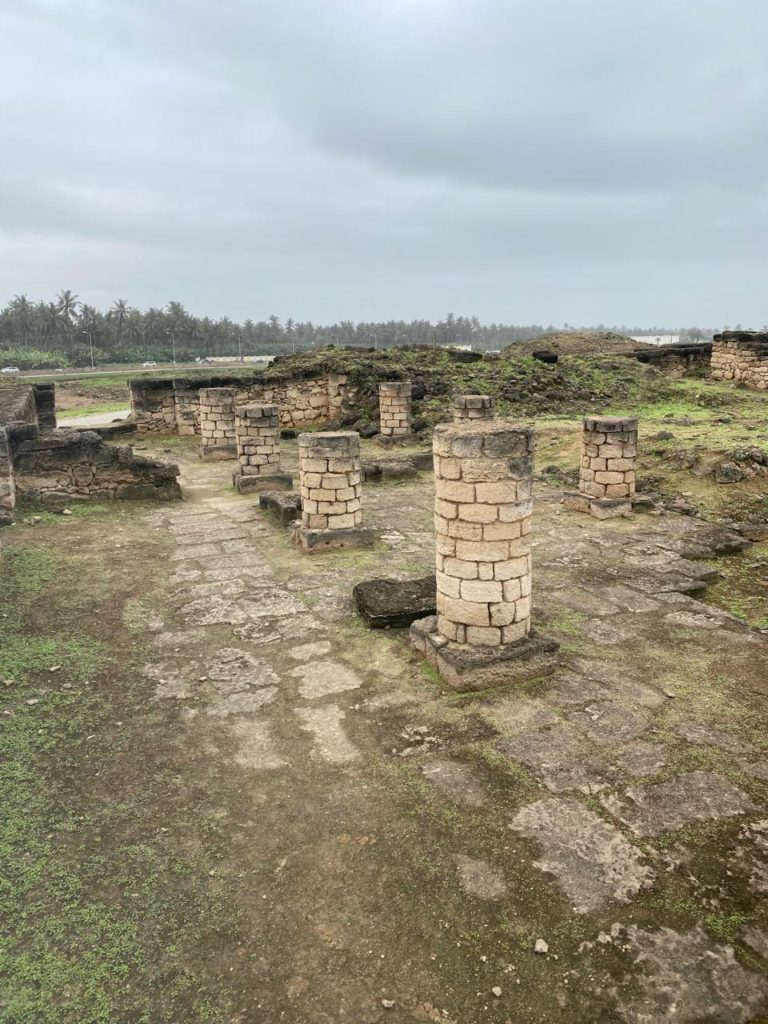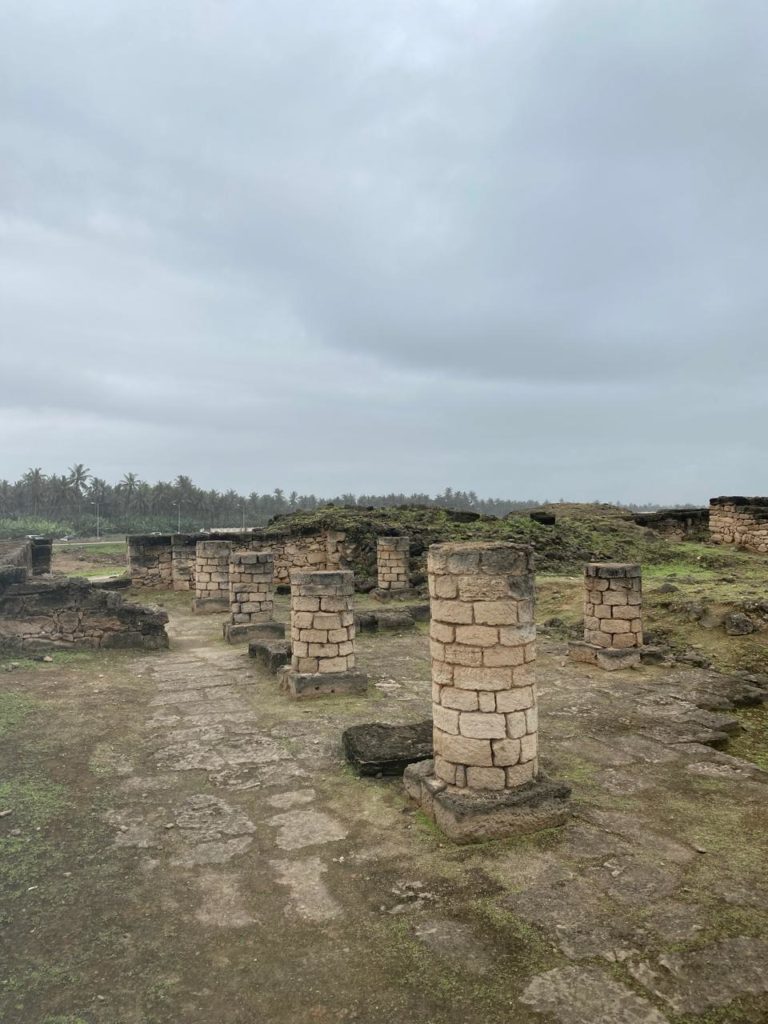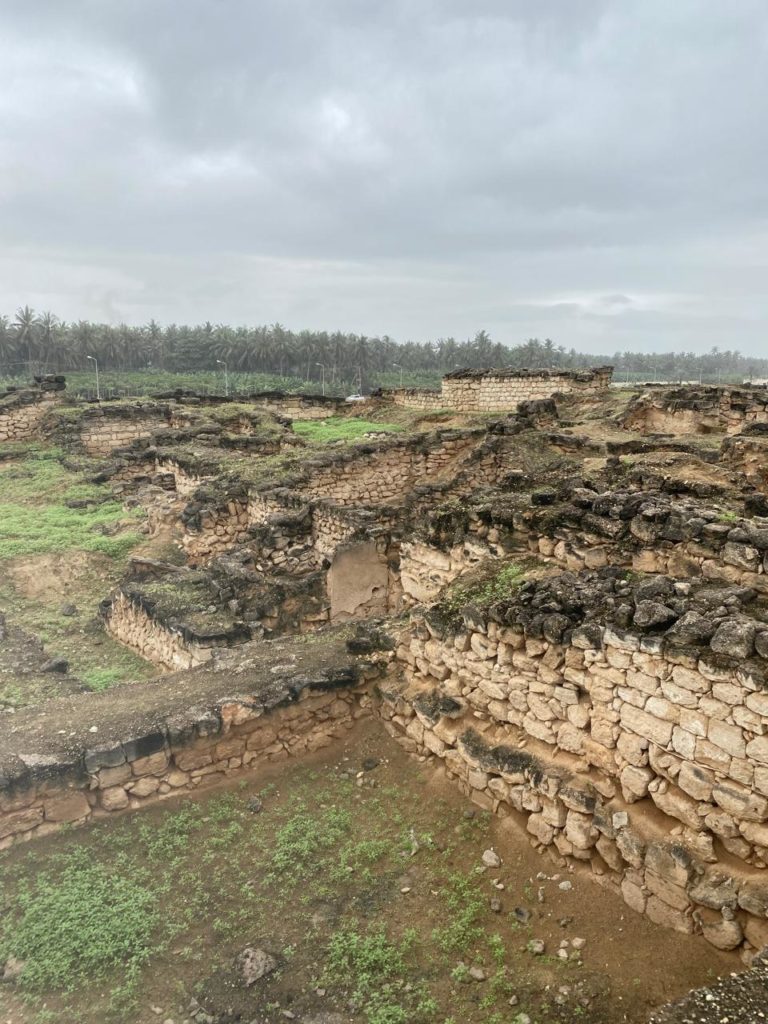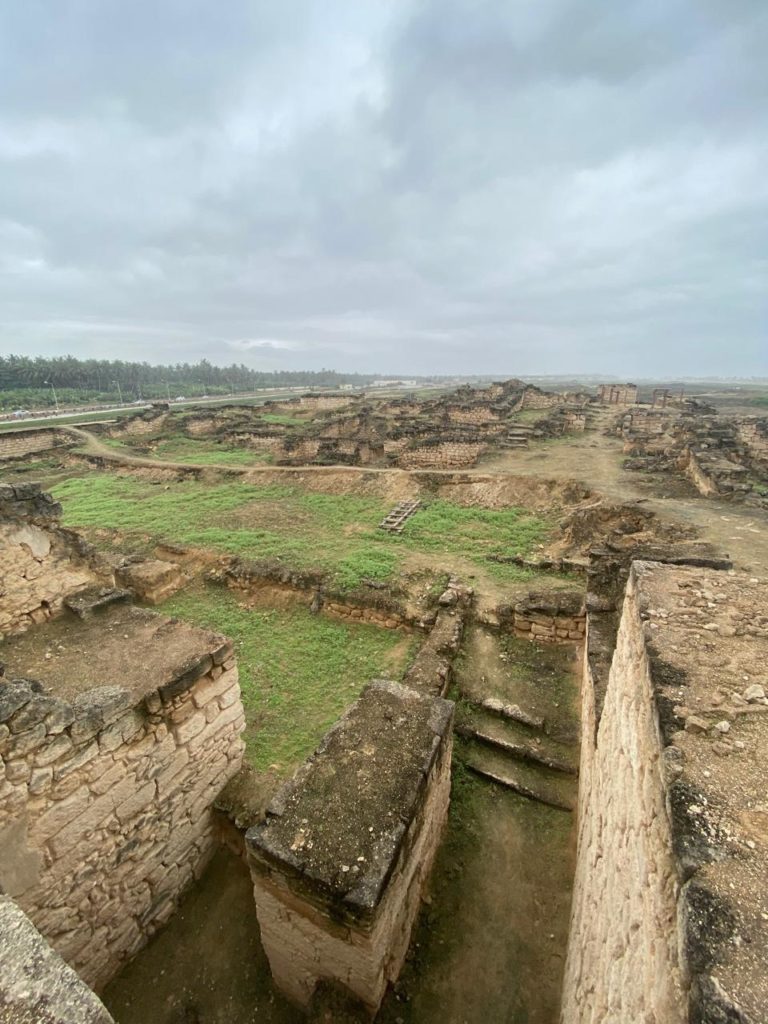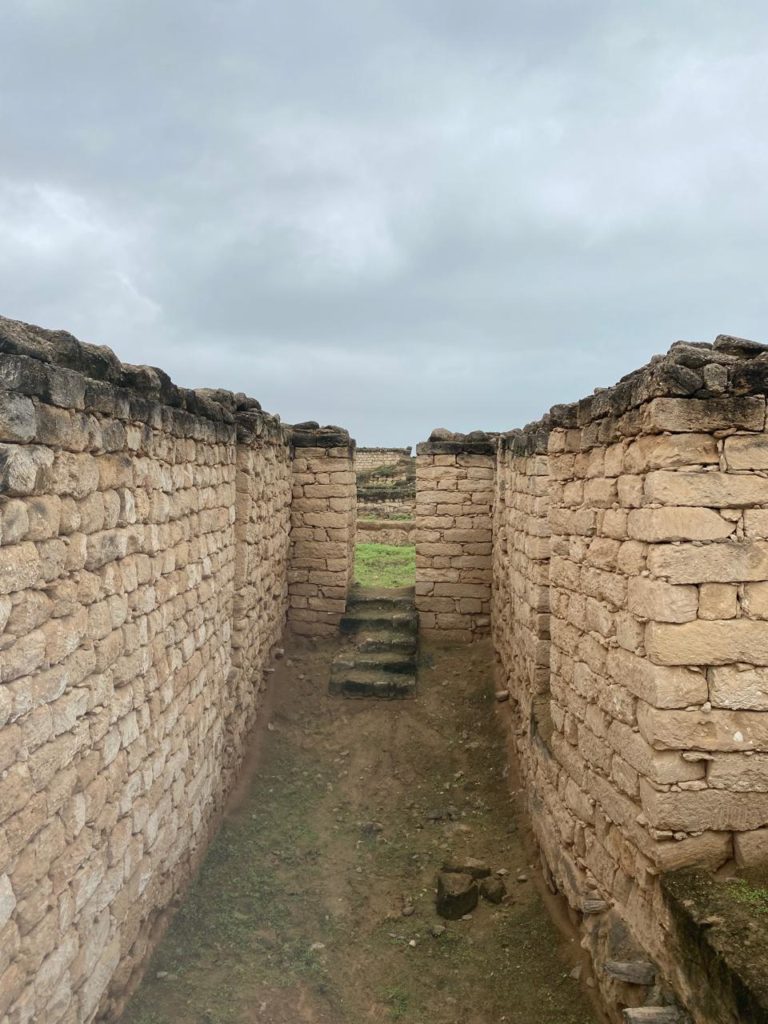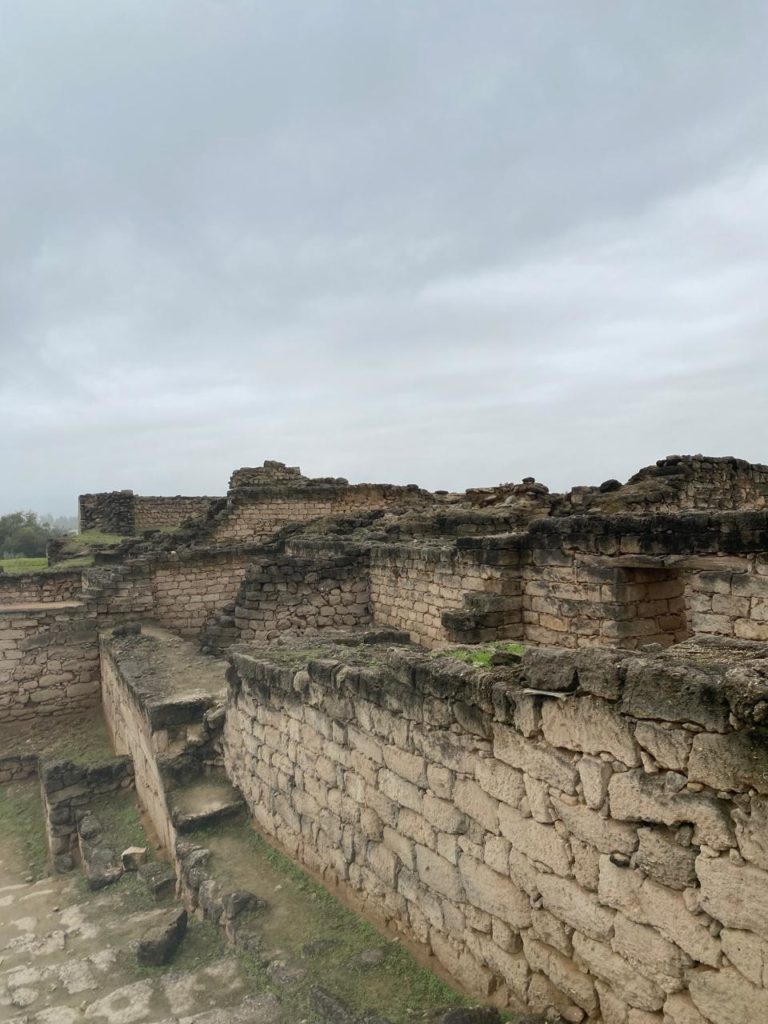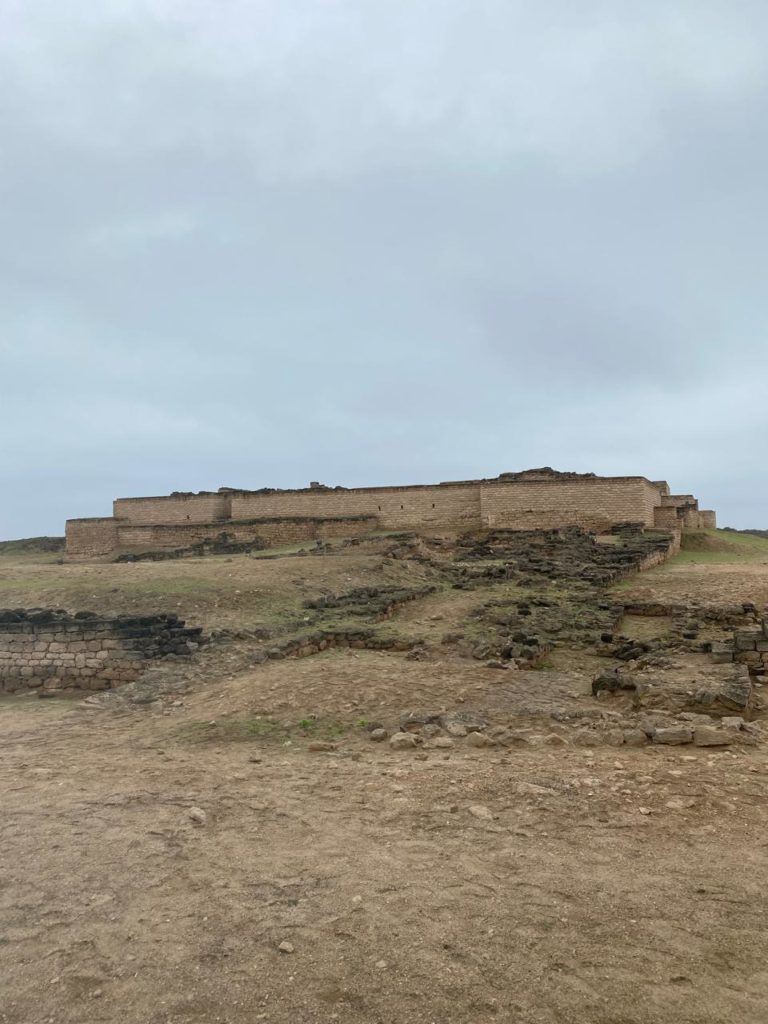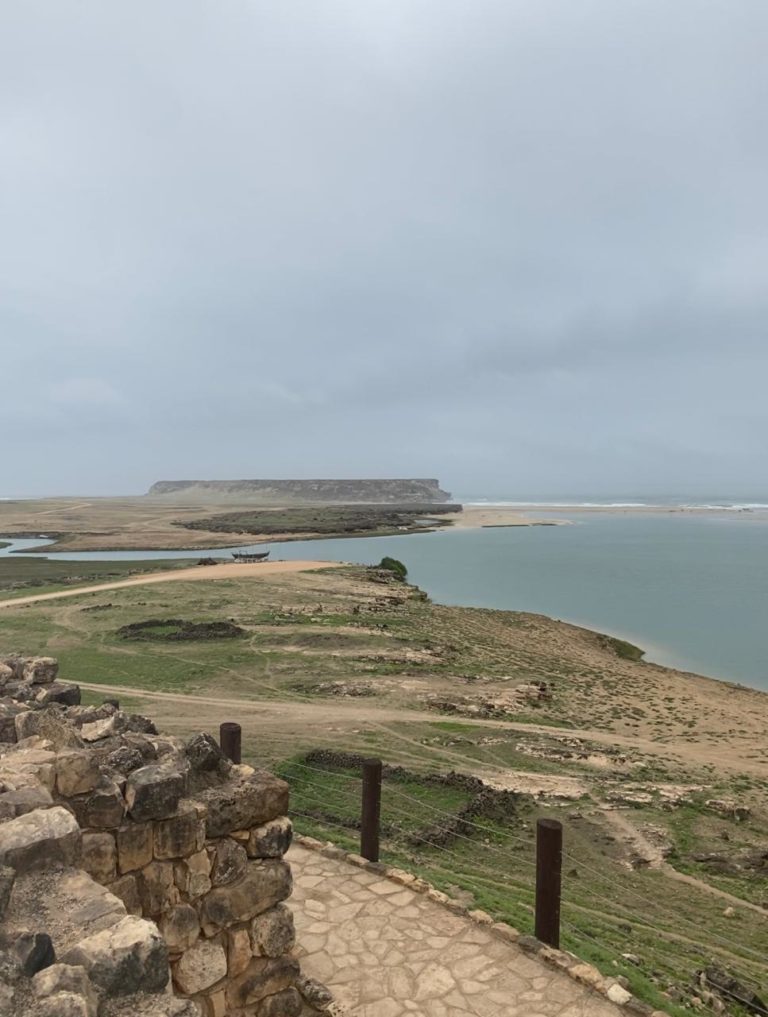Inscribed in UNESCO in 2000
Land of Frankincense Sites
About the sites
Sumahram: Sumahram, an ancient city near Mirbat in southern Oman, mainly thrived primarily during the 1st century BCE to the 4th century CE, a period when it was a major trading center along the frankincense trade route. The archaeological site features remnants of fortified walls, towers, and various artifacts, showcasing its historical significance and Hellenistic influences. Part of the UNESCO World Heritage Site for the Land of Frankincense.
Al-Baleed: The Al-Baleed archaeological site, located in Salalah in southern Oman, flourished between the 9th and 15th centuries CE. It was a prominent coastal city and trade center renowned for its role in the frankincense trade. Al-Baleed’s extensive ruins include fortified walls, mosques, and a grand palace, showcasing its historical significance and cultural heritage. As part of the UNESCO World Heritage Site for the Frankincense Land, it provides crucial insights into the region’s medieval trade networks and urban development.
Shasr (Ubar): Shasr, often associated with the legendary lost city of Ubar, is an archaeological site in Oman that holds great historical significance. Inscribed as a UNESCO World Heritage Site in 2000, Shasr showcases remnants of ancient settlements that date back to the 3rd millennium BCE. The site features impressive structures and artifacts that provide information into the region’s trade routes and cultural interactions. Shasr is particularly noted for its connection to the ancient incense trade, highlighting its role as a pivotal center in the Arabian Peninsula’s history.
Wadi Dawkah: Wadi Dawkah is a UNESCO World Heritage Site in Oman, recognized in 2000 for its significance in the ancient frankincense trade. The site features a well-preserved frankincense tree grove, showcasing the historical importance of this aromatic resin (Luban), which was highly valued in ancient times. Wadi Dawkah improved our understanding of the cultivation and harvesting of frankincense, as well as its role in trade routes that connected Oman to various regions of the ancient world. This site is essential for understanding the cultural and economic history of the Arabian Peninsula.
